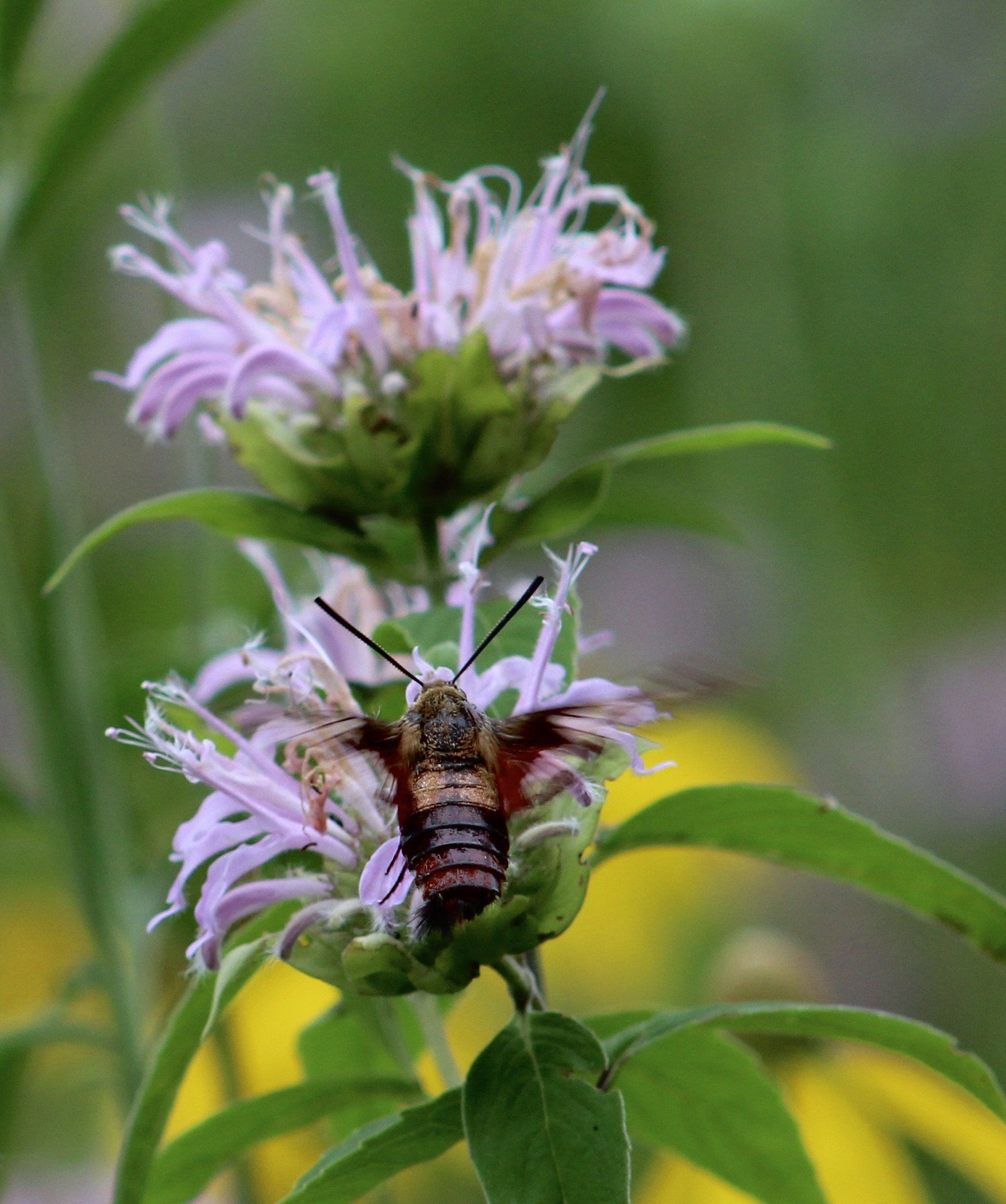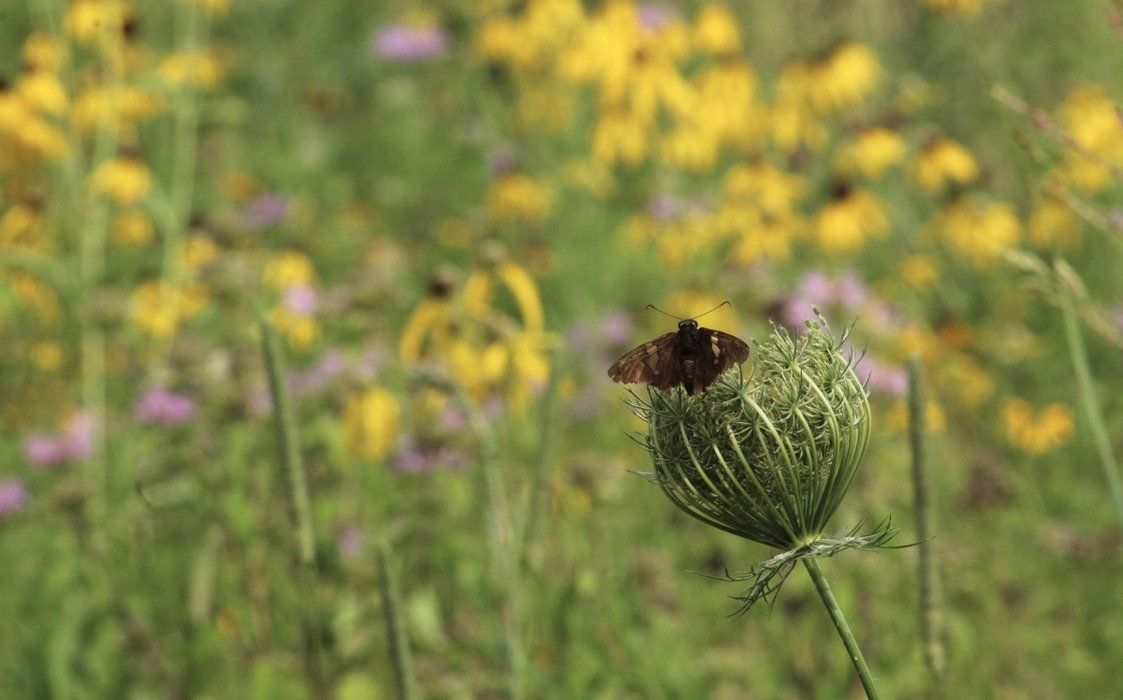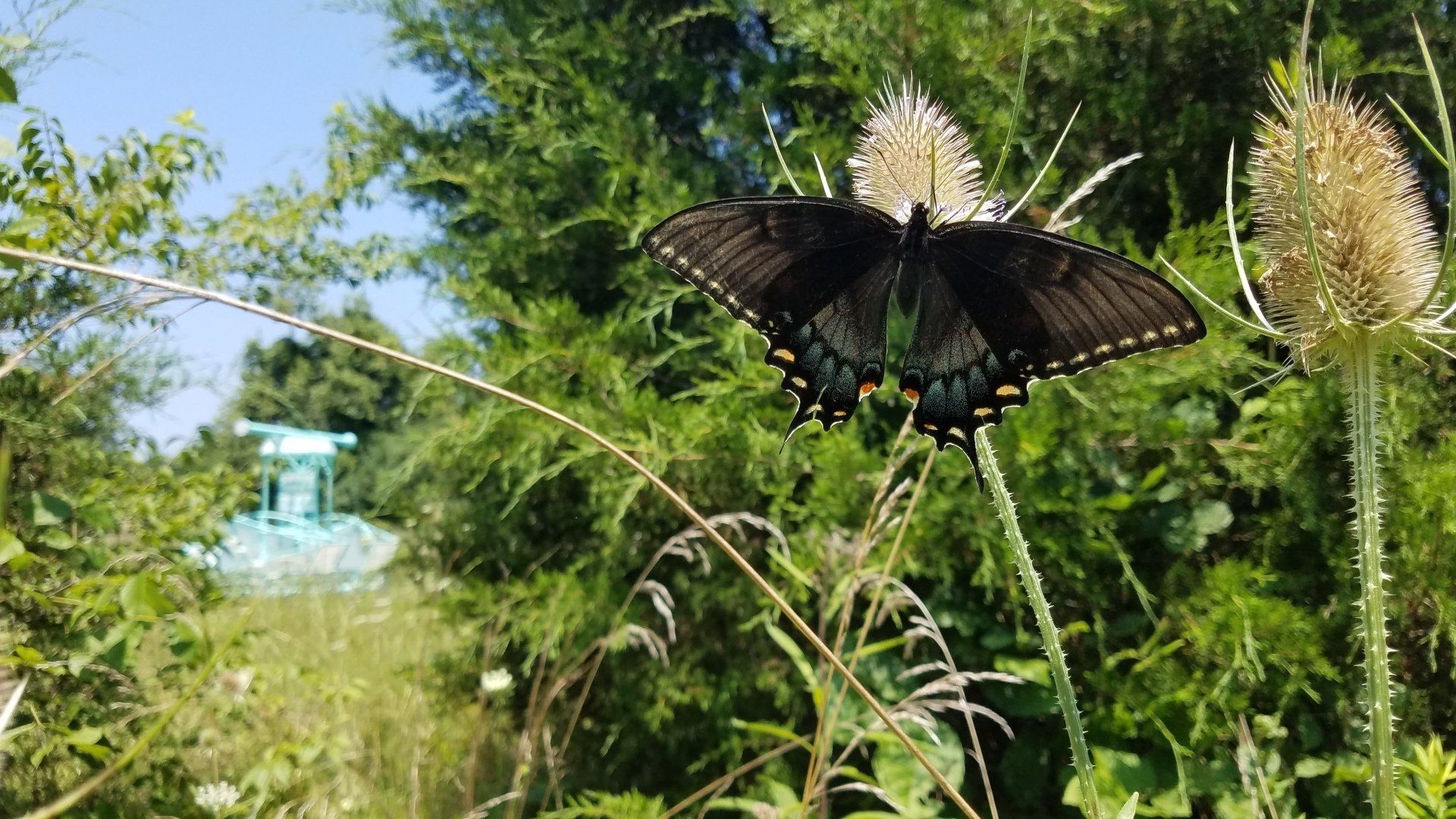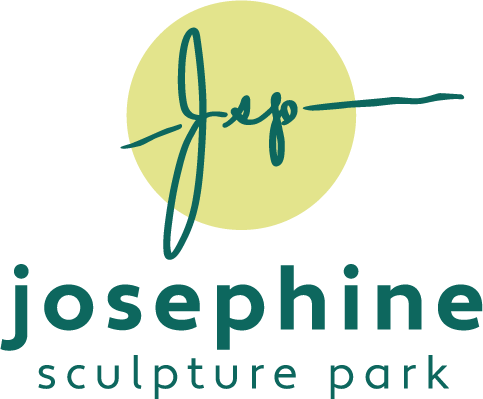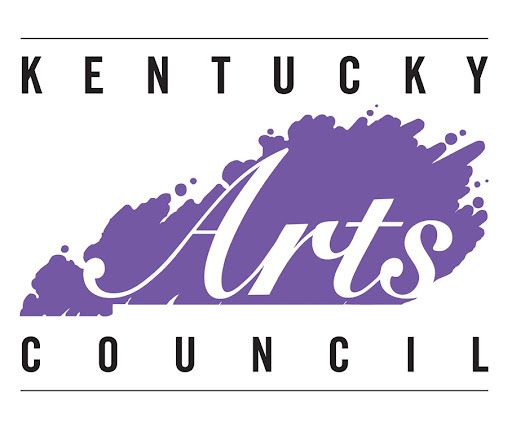It's a beautiful time to visit JSP and witness a diversity of native plants and pollinators!
"Where Art Meets The Earth" is more than a tagline for JSP. Conserving the 30-acre park property and restoring its native wildlife habitat are fundamental projects for staff, volunteers, and partners. Thanks to this work, JSP is home to a growing diversity of native plants, which attract pollinating insects like butterflies, moths, and bees.
- Hummingbird moth on wild bergamot, photo by Lucy Swenson / 2. Silver-spotted skipper with background of grey headed coneflower and wild bergamot / 3. Bee on blazing star
Because these plants are native to this region, they are well adapted to survive and thrive in this area. The flowers you see in this post are native plants that you can grow in your own yard or community space!
- Common milkweed leaves and seedpods, host plant for monarch butterflies / 2. Spicebush swallowtail caterpillar on spicebush leaf / 3. Spicebush swallowtail butterfly
In turn, native plants provide important habitat for wildlife, including insects, which rely on plants for food and shelter. Some of the plants pictured are host plants for butterfly and moth species. Host plants are species where butterflies and moths lay their eggs, and where the hatched caterpillar lives out its stage of life. For example, milkweed is the host plant for the monarch butterfly; spicebush is the host plant for the spicebush swallowtail butterfly; and rose swamp mallow is the host plant for 28 butterfly and moth species, such as the painted lady, gray hairstreak, and yellow scallop moth.
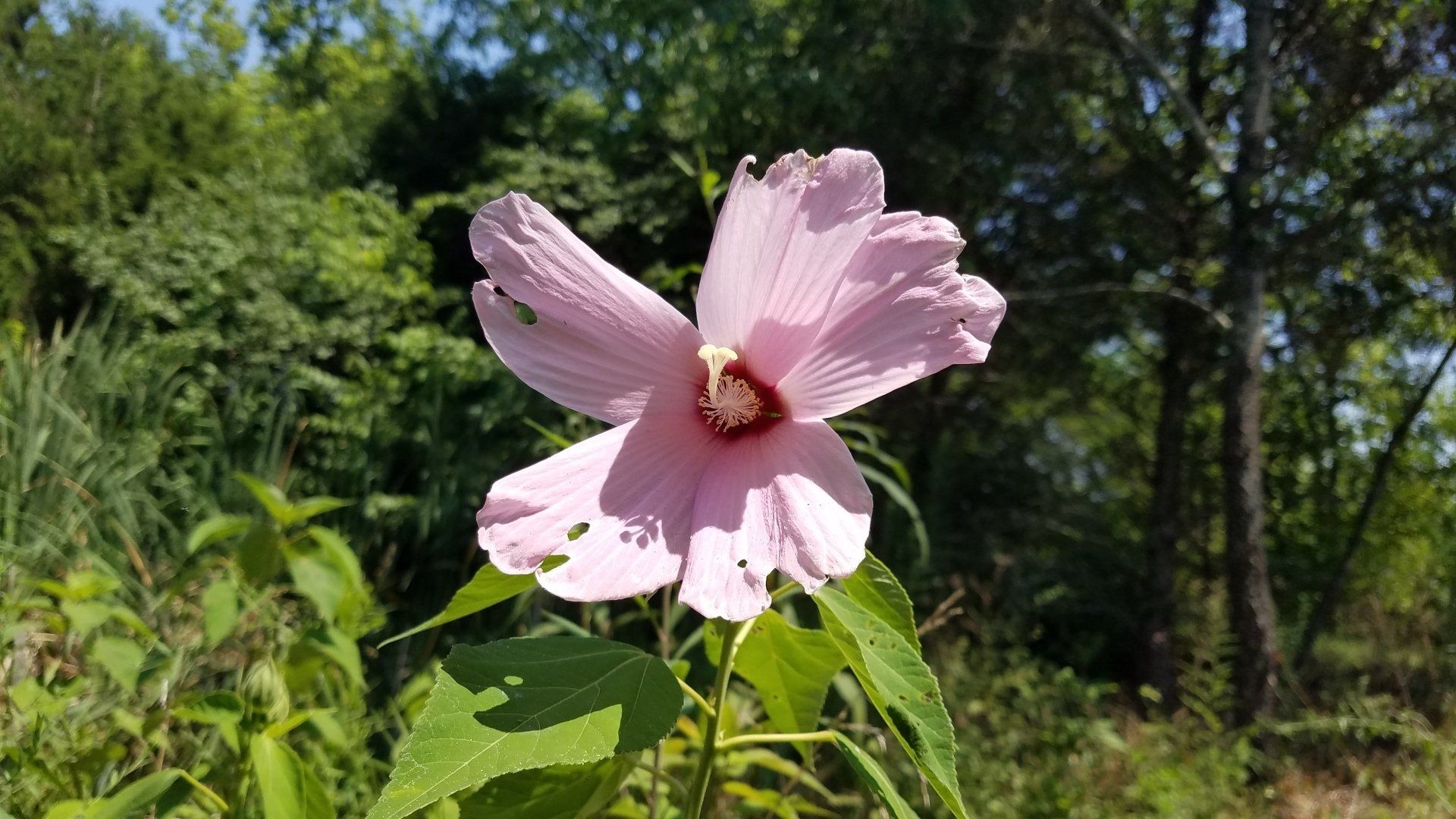
Enjoy the diversity of art, native plants, and wildlife on your next visit to JSP, where art meets the earth!

